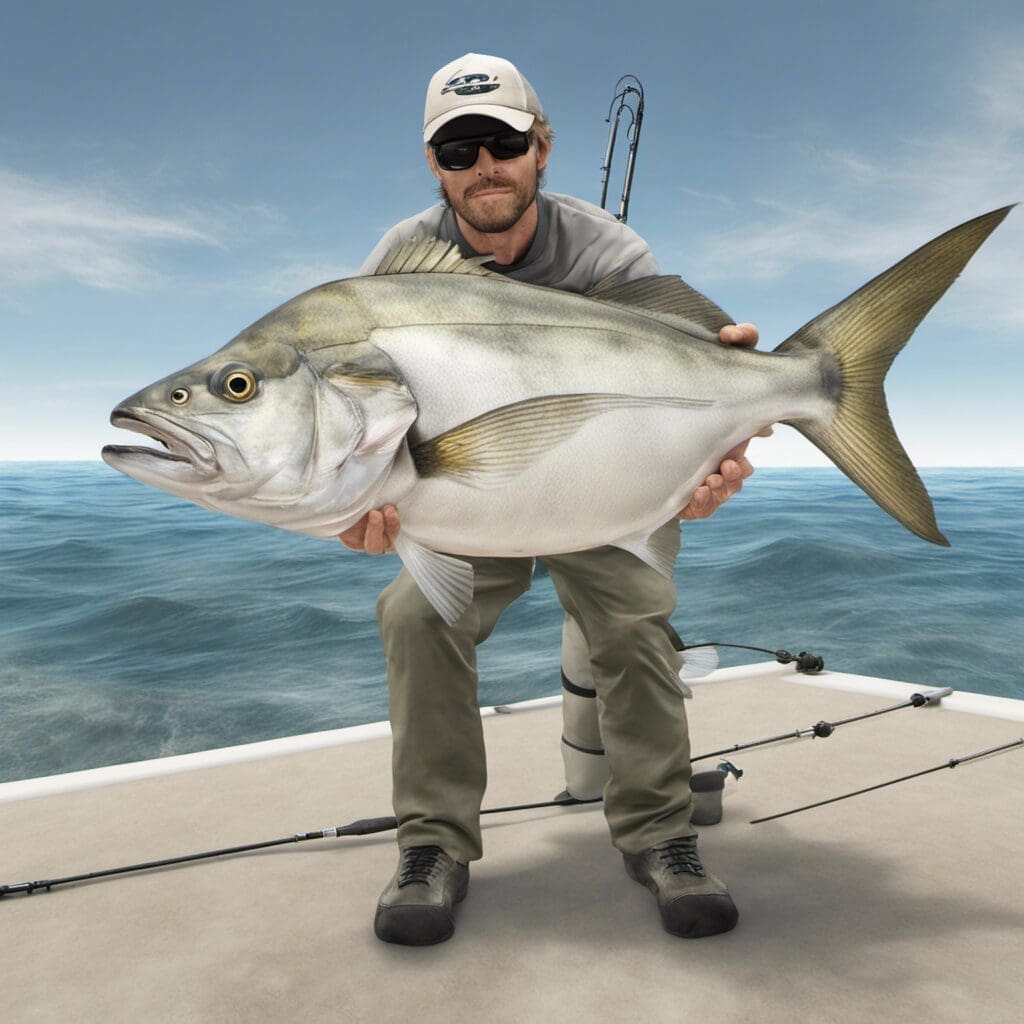Introduction
The Pacific Crevalle Jack, scientifically known as Caranx caninus, belongs to the Carangidae family, typically known for their game species. This sea fish is well-known amongst the angling community for its extreme fighting ability and resilience.
Conservation Status
The Pacific Crevalle Jack is currently recognized as a species of ‘Least Concern’ by international conservation bodies. While there are no specific conservation efforts targeted towards this species, general marine conservation practices contribute to their well-being indirectly.
Statistics
| Statistic | Average | Range |
|---|---|---|
| Length | 60cm | 40-70cm |
| Weight | 8kg | 5-10kg |
| Average Lifespan | 12 years |
Distribution
The Pacific Crevalle Jack is distributed throughout the tropical and subtropical waters of the Eastern Pacific, usually from southern California to Peru. Known for their migratory trends, these species tend to follow warmer currents towards northern waters during summer before returning south in the colder months.
Habitats
These fish prefer marine or brackish habitats, usually occupying the water column at depths between 3 and 35m. They are adaptable to a wide temperature range, from 20 to 28°Celsius.
When and Where to See
Pacific Crevalle Jacks are most active during the warmer months, particularly from April to October. They can be spotted most frequently during dawn and dusk due to their nocturnal hunting habits.
Best Fishing Locations
- Gulf of California, Mexico
- Bay of Panama
- Loreto, Baja California
- La Jolla, California
- Guayaquil, Ecuador
- Mancora, Peru
- Quepos, Costa Rica
- FishBase
- NOAA Fisheries
- Florida Museum of Natural History
…
General Tips
Pacific Crevalle Jacks are attracted to areas with undersea structures and food abundance, like reefs and rocky inlets. Look for bird activity or surface commotion which may indicate a feeding frenzy.
How to Catch
Anglers often utilize live bait such as shrimp or small fish to attract Pacific Crevalle Jacks. They respond well to poppers and jigs. For better results, try fishing during early morning or late evening, when they are most active.
Identification Guide
Pacific Crevalle Jacks are easily recognized by their powerful, streamlined bodies. They have a dark blue or grey coloration with a silvery underside and a distinctive black spot on the lower edge of the gill cover.
Culinary
The Pacific Crevalle Jack is considered a delicacy in some coastal communities. Its flesh, though firm, has a mild flavor suitable for grilling or pan frying.
Additional Information
In their behavior, Pacific Crevalle Jacks are aggressive feeders, known to hunt in schools. They have few predators, with larger sharks, sea lions, and humans being their primary threats.

